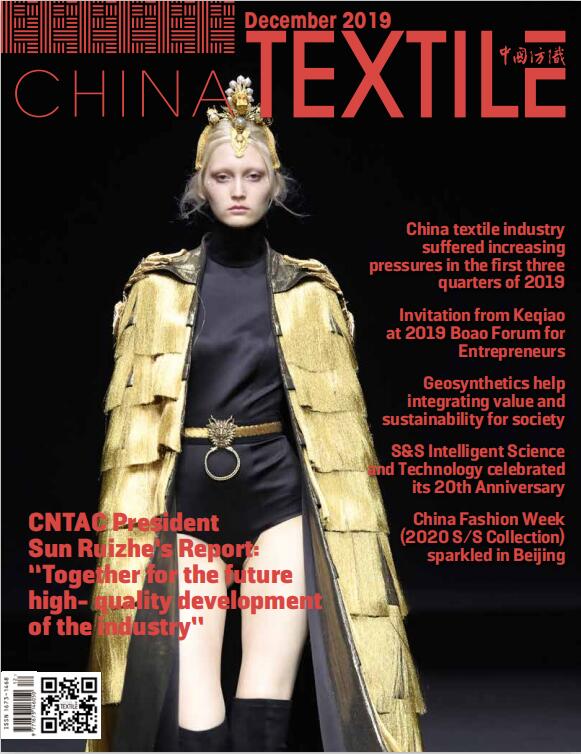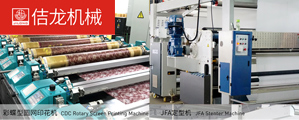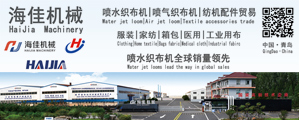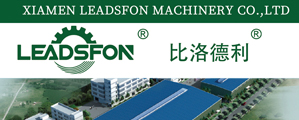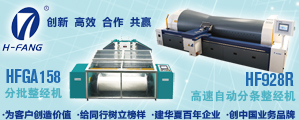Industry operating pressure increased significantly in Q1 affected by the COVID-19
May 13, 2020 | by Zhao xh

Affected by the pandemic situation, the orders of textile companies in the domestic and foreign markets decreased significantly in the first quarter, the efficiency has seriously declined, production and operation have encountered unprecedented difficulties, and investment and development confidence are obviously insufficient. Statistics show that in the first quarter, the main operating indicators of the textile industry all showed a negative growth trend, and maintaining a stable operation is facing a greater test.
Faced with the shortage of key materials such as protective masks and medical protective clothing, textile enterprises have overcome difficulties and promoted resumption of production in an orderly manner. However, affected by the pandemic, according to the National Bureau of Statistics data, in the first quarter, the capacity utilization rate of the textile industry and the chemical fiber industry were 67.2% and 74.4%, slightly better than the 67.2% capacity utilization level of the national manufacturing industry, but decreased by 10.5 and 8.8 percentage points respectively compared with the same period of last year. In the first quarter, the added value of the textile industry above designated size decreased by 16.5% year-on-year, and the growth rate decreased by 21.9 percentage points over the same period of the previous year. In the main links of the industrial chain, due to the concentrated production of anti-pandemic materials in the industrial textile industry, the industrial added value in the first quarter increased by 11.5% year-on-year, the growth rate ranks first in the entire industrial chain; the growth rate of production in other links of the industrial chain has slowed significantly, among which the clothing and the home textile industry were particularly affected by the sluggish demand. The industrial added value decreased by 19.7% and 17.3% year-on-year, and the added value of the textile machinery industry decreased by 31.5% year-on-year, indicating that the textile industry lacks investment confidence at this stage.
Domestic consumption of apparel commodities weakened significantly, and both online and offline sales declined. According to data from the National Bureau of Statistics, in the first quarter, the retail sales of apparel, shoes, hats and needle textiles in units above designated size in China decreased by 32.2% year-on-year, and the retail sales of online wear products decreased by 15.1% year-on-year, respectively 35.5 and 34.2 percentage points lower than the same period last year . Since late March, the export orders of China’s textile enterprises have dropped sharply, and the industry’s export situation is more severe. According to customs data, total exports of textiles and apparel in the first quarter were USD 47.88 billion, down 17.8% year-on-year. Among them, textile exports were USD 24.04 billion, down 15.3% year-on-year; clothing exports were USD 23.84 billion, down 20.2% year-on-year. Exports to traditional markets and emerging markets both showed a downward trend. In the first quarter, China’s textile and apparel exports to the United States, Japan and the EU decreased by 29.2%, 16.8% and 14.3% respectively year-on-year, and exports to countries along the “Belt and Road” decreased by 13.6% year-on-year.
In the case of severely insufficient market demand, the revenue of textile companies has fallen sharply, the burden of cost expenditure is heavy, and the operating pressure continues to increase. According to data from the National Bureau of Statistics, in the first quarter, 33,000 textile enterprises above designated size across the country achieved operating income of 831.88 billion yuan, a year-on-year decrease of 25.4%; total profit reached 21.81 billion yuan, a year-on-year decrease of 44.2%; the operating profit margin of enterprises above the designated size was only 2.6%. The turnover rate of finished products and total asset turnover slowed down by 35.5% and 28.3% year-on-year, respectively. The ratio of finance, management and sales expenses was 7.9%, which was significantly higher than the normal level of 6% to 7%.
Due to the impact of the pandemic, the pressure on the capital turnover of textile enterprises is outstanding, and the scale of industry investment has been significantly reduced. According to data from the National Bureau of Statistics, in the first quarter, the fixed asset investment in the textile industry decreased by 38% year-on-year. In view of different industries, the investment in textile industry, chemical fiber industry and apparel industry decreased by 37.1%, 45.8% and 19.2% respectively year-on-year. By region, the investment in chemical fiber industry in Jiangsu and Shandong provinces in the east increased by 13% and 20.6% year-on-year, respectively, the investment in the textile industry in Anhui province in the middle increased by 3.1% year-on-year, and the textile, clothing and chemical fiber industries in Sichuan province in the west increased by 91.9%, 21.4% and 45.9% respectively, which is the regional bright spot under the current shrinking investment scale of the whole industry.
At present, China’s macroeconomic operations are gradually on the right track in the normalization of pandemic prevention and control, and the order of production and living has been quickly restored. However, the global pandemic prevention and control situation is still grim, making the development of China’s textile industry significantly more difficult and challenging, and the pressure to maintain stable operation will still be very prominent.


